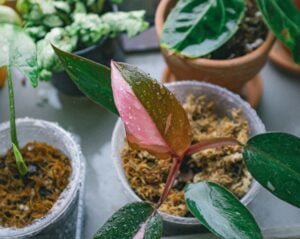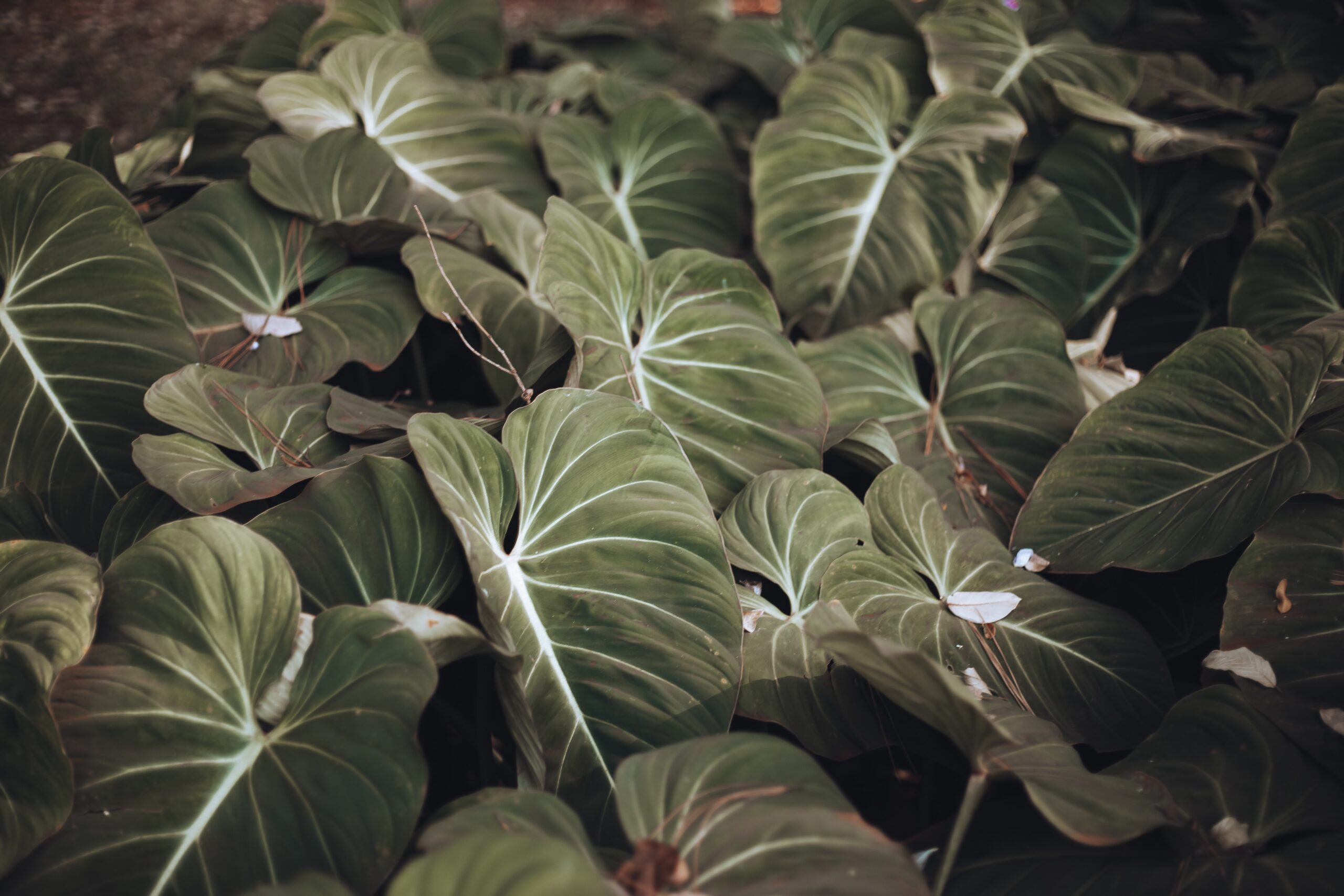Philodendron Oxapapense
One of the rarest and most interesting varieties of Philodendron is the Philodendron Oxapapense. It grows quickly and can become quite bushy if properly cared for. Light to neon green triangular leaves adorns the foliage. The leaves appear to float in midair due to the plant’s tiny stems. This induces a hypnotic state in the viewer. Let’s look at how to care for and grow one properly.
As long as the conditions are right and the plant is properly cared for, Philodendron Oxapapense can grow quickly. There are times when you’ll need a pole to support and climb around your plant. Collectors of tropical plants prize these plants for their rarity and difficulty in obtaining them.
Tropic and subtropical South American rainforests are home to the Philodendron Oxapapense, a rainforest gem. For the most part, it is found in South America (particularly Brazil, Peru, and Bolivia).
Classification of Philodendron Oxapapense
- Araceae: family
- Aroideae: subfamily
- Philodendron: genus
Appearance of Philodendron Oxapapense
Foliage
The dark-green leaves of this plant are big and triangular to heart-shaped. The texture of the leaves is silky.
Size
This type of Philodendron may reach a height of several meters. Therefore they are also suitable for trellising.
Watering of Philodendron Oxapapense
When the topsoil of Philodendron Oxapapense dries up, it should be irrigated. More than two inches of dirt make up the soil. To see whether the earth is dry enough, stick your index finger down to your first knuckle.
Once a week throughout the growing season is all that is needed for watering. However, the soil dries up rapidly in the summer, necessitating up to three waterings each week.
You should irrigate the soil gently and thoroughly so that the water reaches the root system’s deepest depths. Wait for the extra water to drain out of the drainage hole before returning the plant to its original location.
Soil
This Philo has both aerial and deep roots when it comes to nutrition. As a result, organic-rich soil should be used while planting. To avoid standing water, the soil should be loose and well-draining.

A 50/50 mix of potting soil and perlite or vermiculite is the best choice for this plant. To improve the soil’s fertility, you should add compost to it. Sphagnum moss may be used as an alternative to potting soil.
Sunlight on Philodendron Oxapapense
Dappled sunlight is not a problem for this plant since it is native to the rainforests. For this reason, it loves to flourish in a house with bright, indirect sunshine rather than direct sunlight. Place it near a window where it may get enough sunlight for healthy development. Make sure the foliage is protected from the sun’s beams. Its leaves may be burned and scorched by direct sunlight.
Never put this plant too close to a south or west-facing window in your house. Keep a distance of at least six feet.
Thermodynamic Requirements
When it comes to cultivating Philodendron Oxapapense, the optimum places are in zones 9 to 11. This plant prefers temperatures between 24°C and 30°C. It can withstand temperatures as low as 12°C at night.
Because it is not cold-hardy, you should never leave it outside during the winter. It must be kept in a warm area in the winter to avoid cold-related damage. If the temperature goes below the normal range, you’ll need to take the plant inside a greenhouse to keep it warm.
Humidity
Humidity levels need to be addressed if you have houseplants in your home. When planted inside, tropical plants like Philodendron Hastatum, Philodendron Squamicaule, and Philodendron Black Cardinal need high humidity. Saturated air is preferred by Philodendron Oxapapense, a closely related plant with similarly bright leaves. Humidify your home using a humidifier. Ensure that the humidifier is adjusted to 60% relative humidity.
This plant’s humidity needs may also be met by using a pebble tray. Place its pot in a water-filled pebble tray. The water level in the pot must be lower than the drainage hole.
Fertilizer
To thrive, this plant needs a steady supply of micronutrients. Its foliage needs nitrogen, phosphate, and potassium to thrive. It’s important to fertilize this plant regularly to ensure that it receives the necessary nutrients. You should use a fertilizer with an equal quantity of each of these nutrients.
To feed this Philodendron, you may use a liquid fertilizer every two weeks or a slow-release fertilizer every six months. A diluted fertilizer is also recommended to protect the roots from over-fertilization.
Prune, Groom, and Trim
The leggy look of this plant may be eliminated with an annual pruning regimen. Branches that are dead or dying should be removed as well. Spring or autumn are the best times to prune. As a result, the plant will have more time to recover from its stress and re-establish growth. Pruning this plant requires the use of sanitized equipment.
Problems and solutions
Diseases and pests are not a problem for this attractive plant. However, you may run across a few snags along the way.
- Frostbite: This plant is vulnerable to frostbite, so keep it out of the cold. The winter months are ideal for storing it in a greenhouse or somewhere else warm. Also, please keep it away from drafts, whether cold or hot.
- Infection by Pseudomonas spp. or Xanthomonas spp. is caused by a lack of air circulation. A bacterial leaf spot may be caused by these. Bacterial leaf spot may be identified by the appearance of dark or black water-soaked lesions on the leaves. The disease may be treated by applying diluted baking soda to the foliage.
- In addition to being resistant to pests, this plant is very easy to grow. The leaves may be wiped down with rubbing alcohol or neem oil if you see any bugs hiding underneath them. Pests won’t be able to get in.
Conclusion
The attractive light green foliage of the Philodendron Oxapapense makes it a favorite tropical home plant. Because they may be cultivated inside, the plants are little maintenance. Despite their normal habitat of high humidity, these plants seem to thrive in drier conditions.

[…] Philodendron Oxapapense Care and Management […]
[…] Read About: Philodendron oxapapense care […]